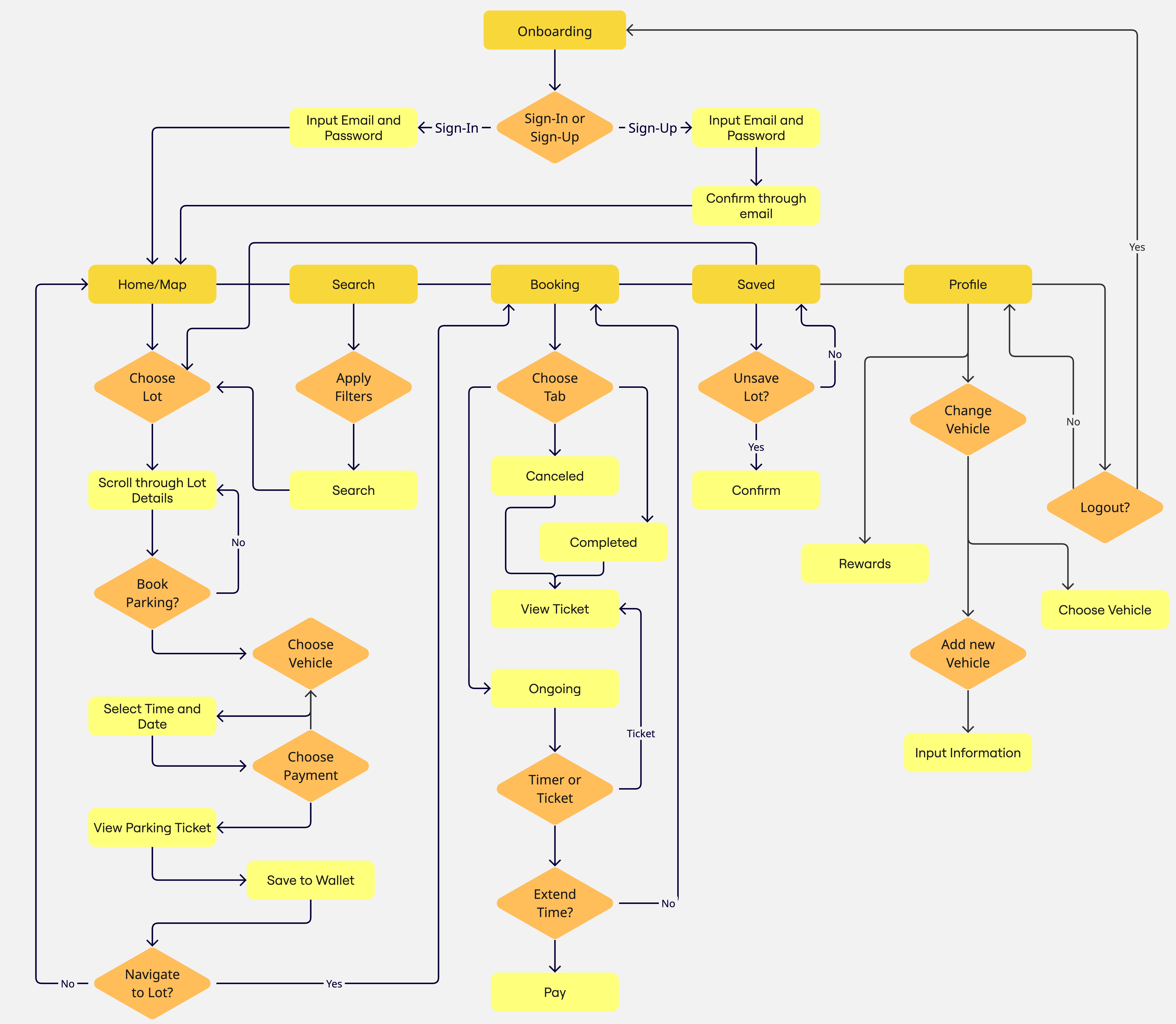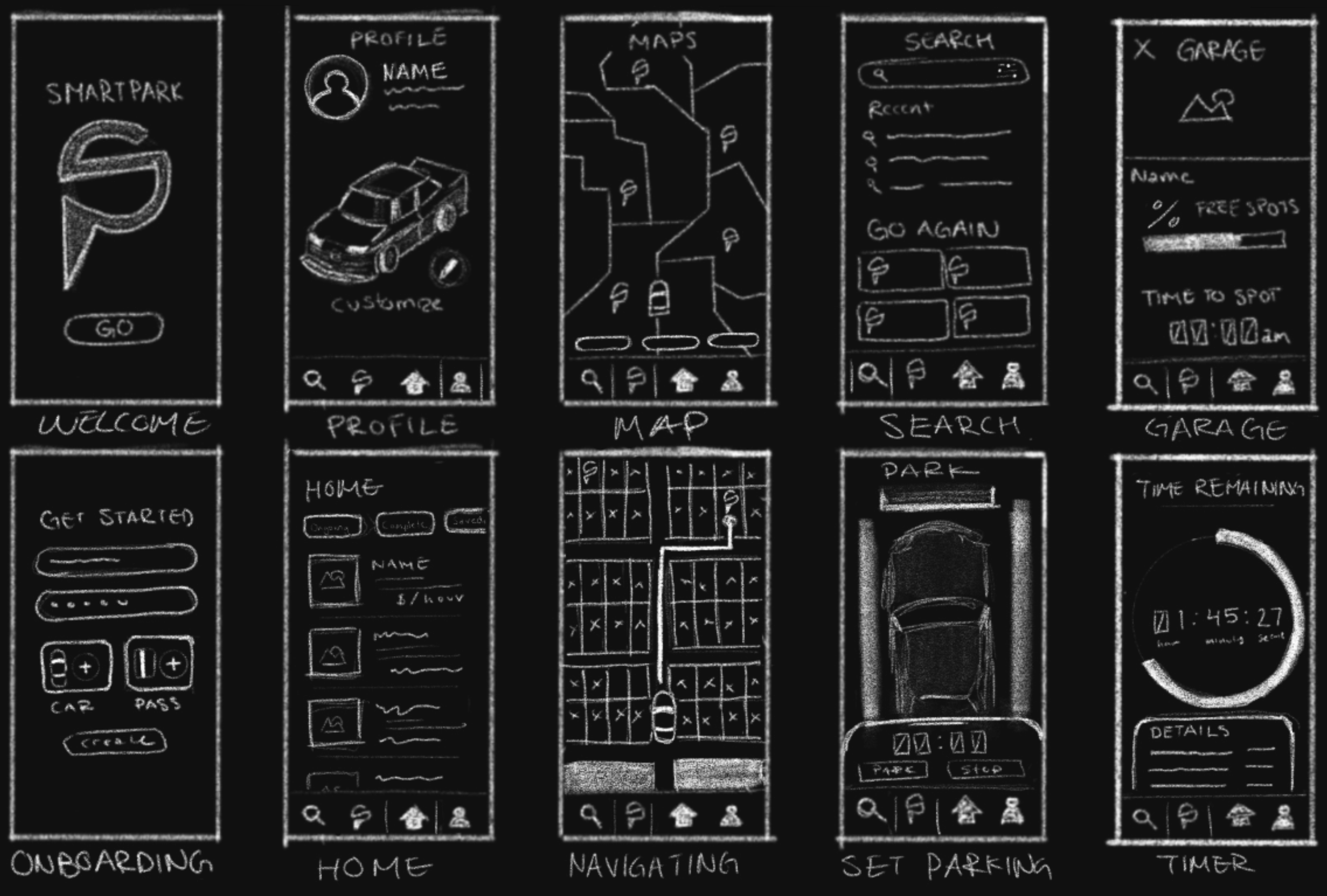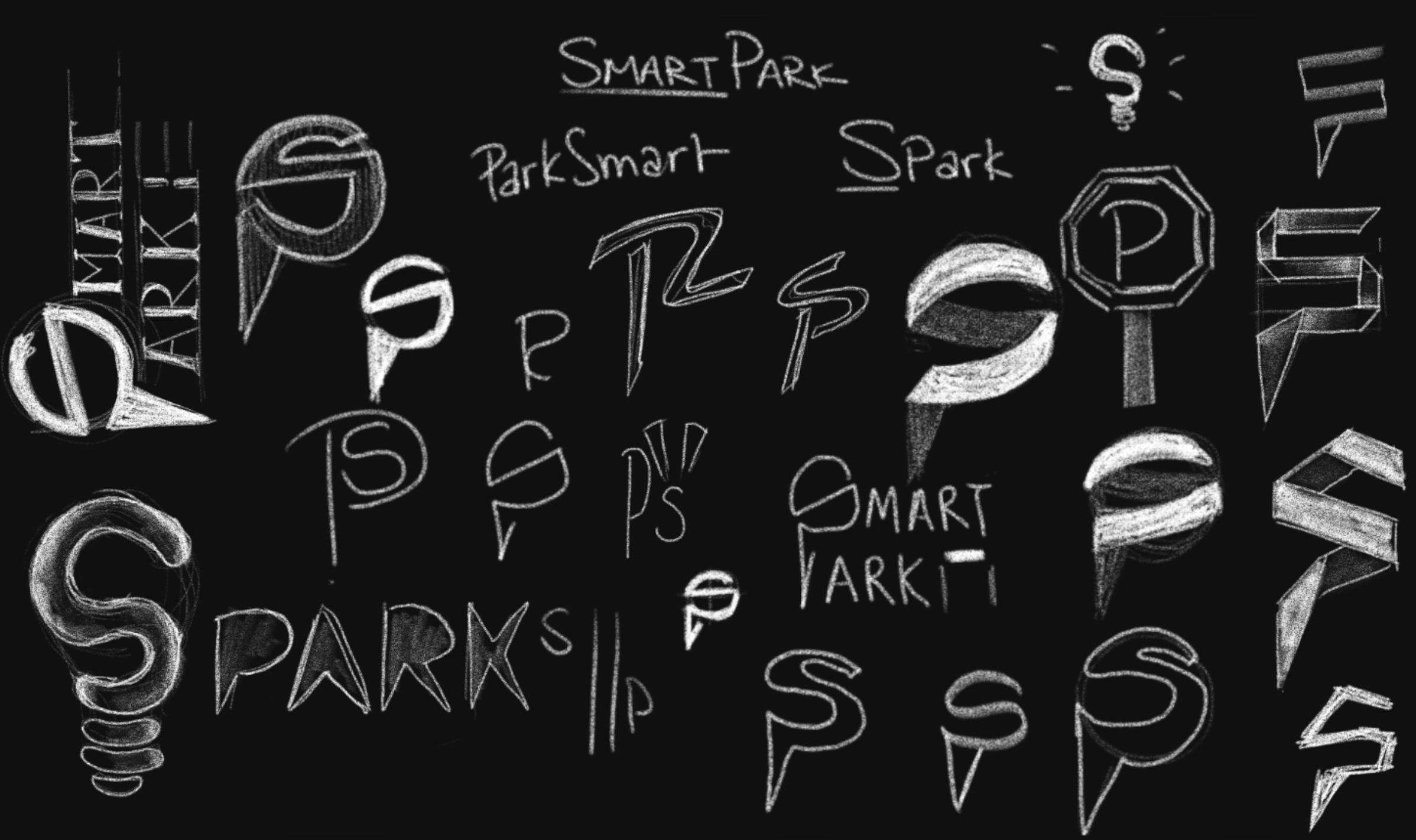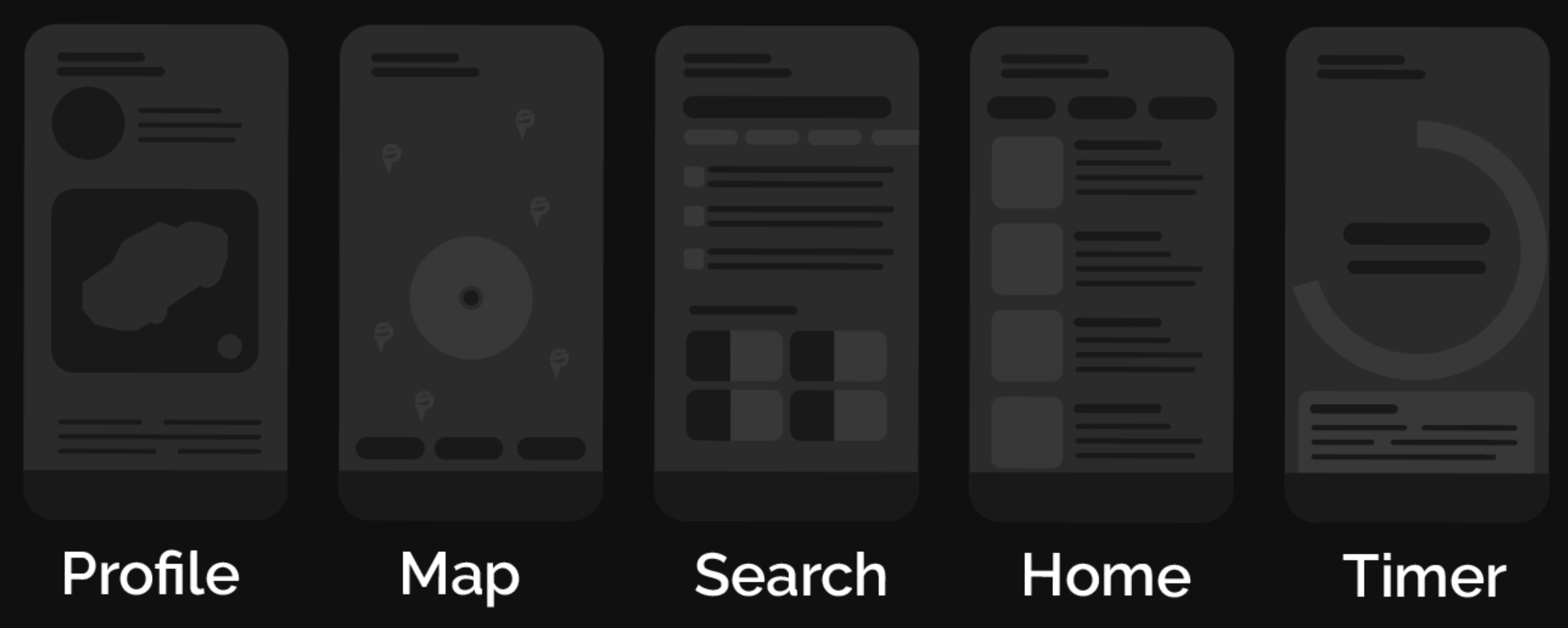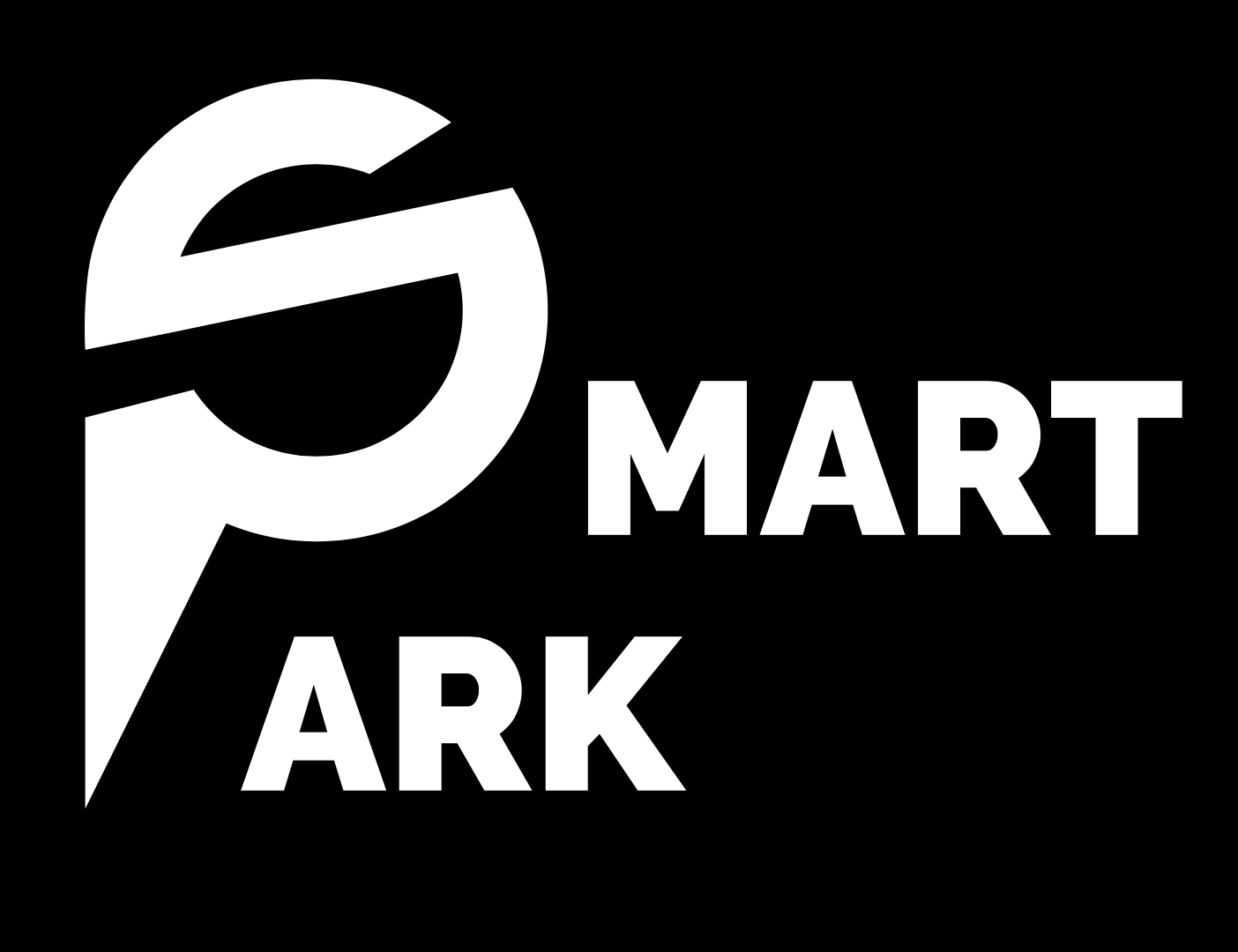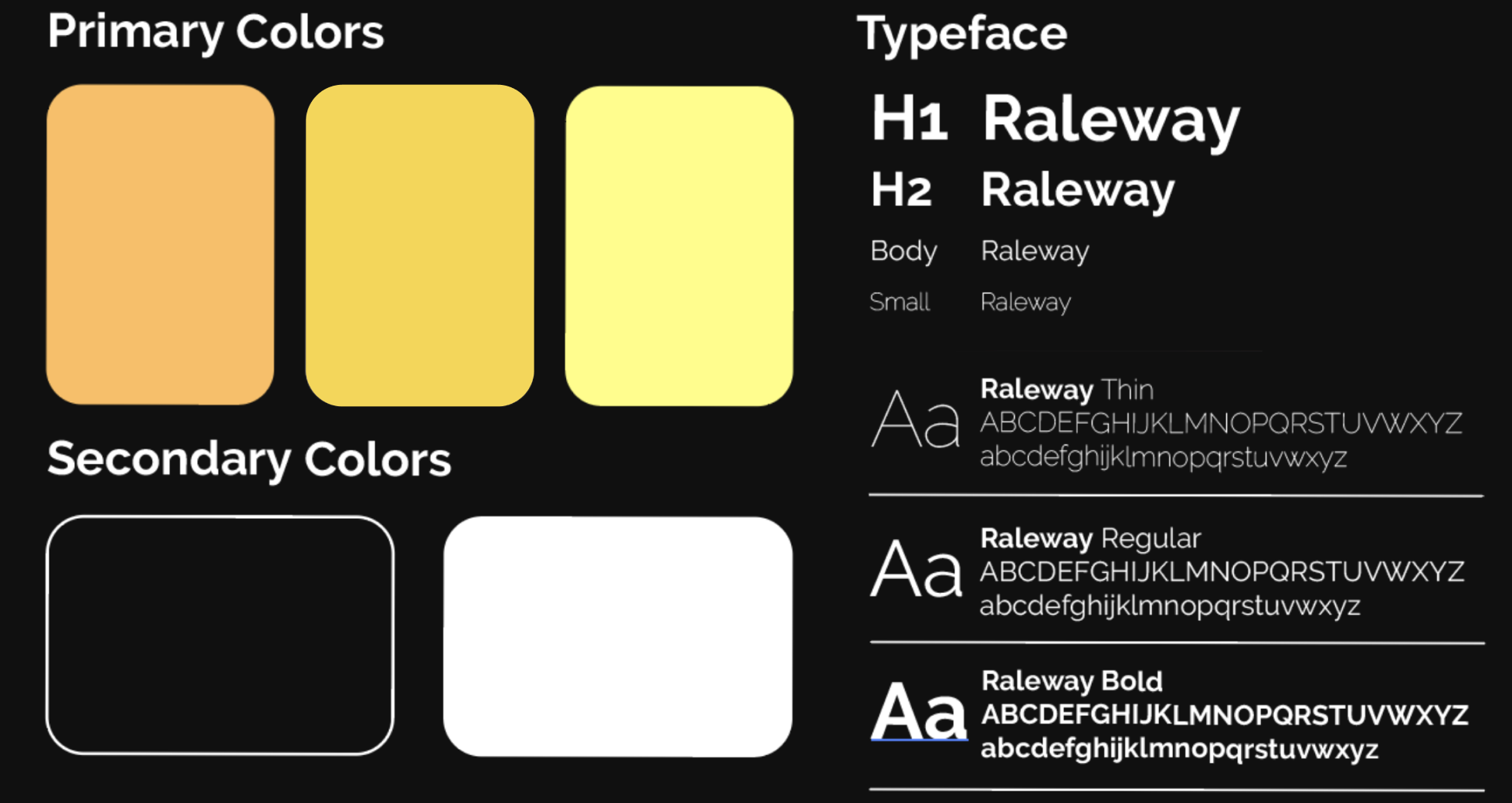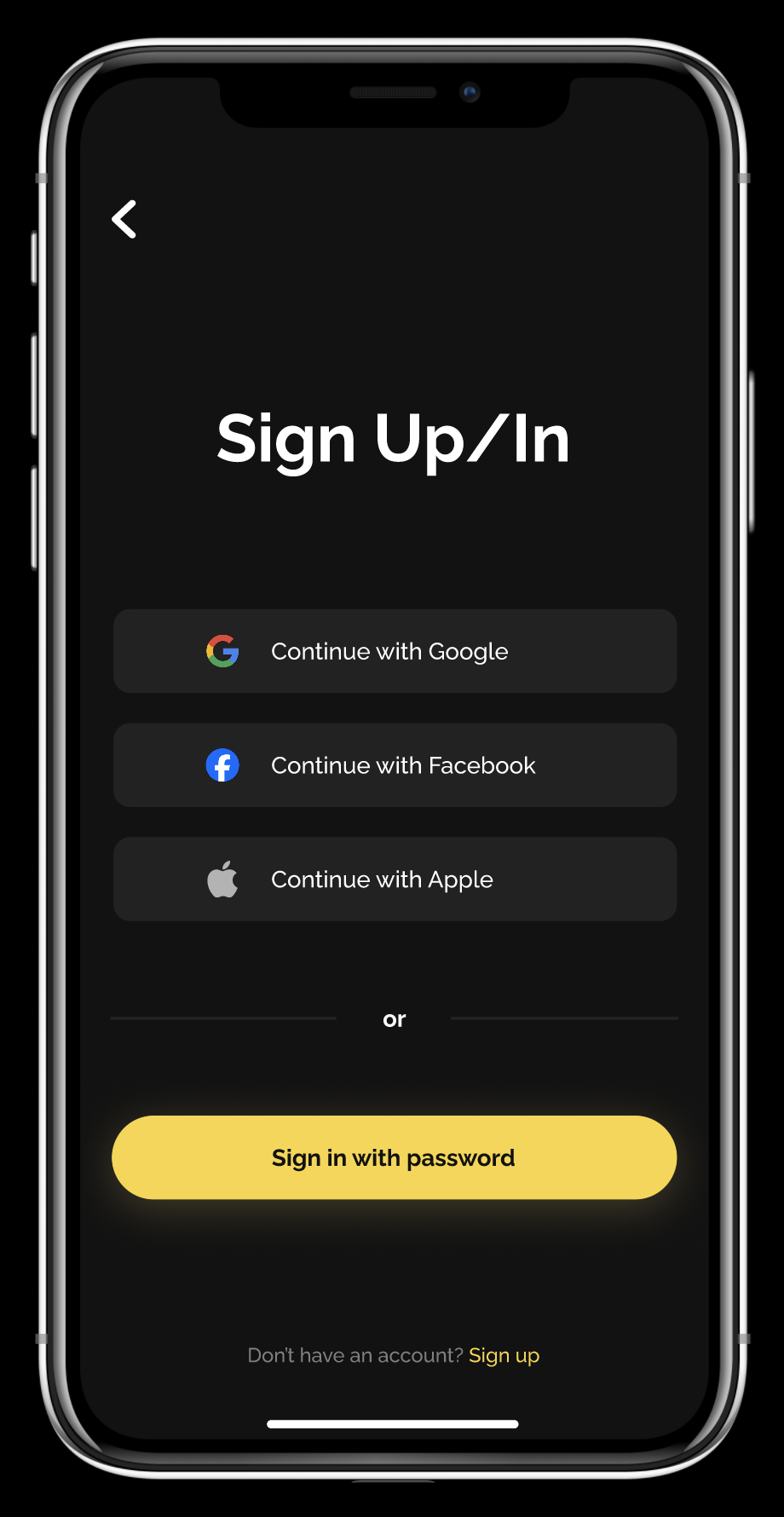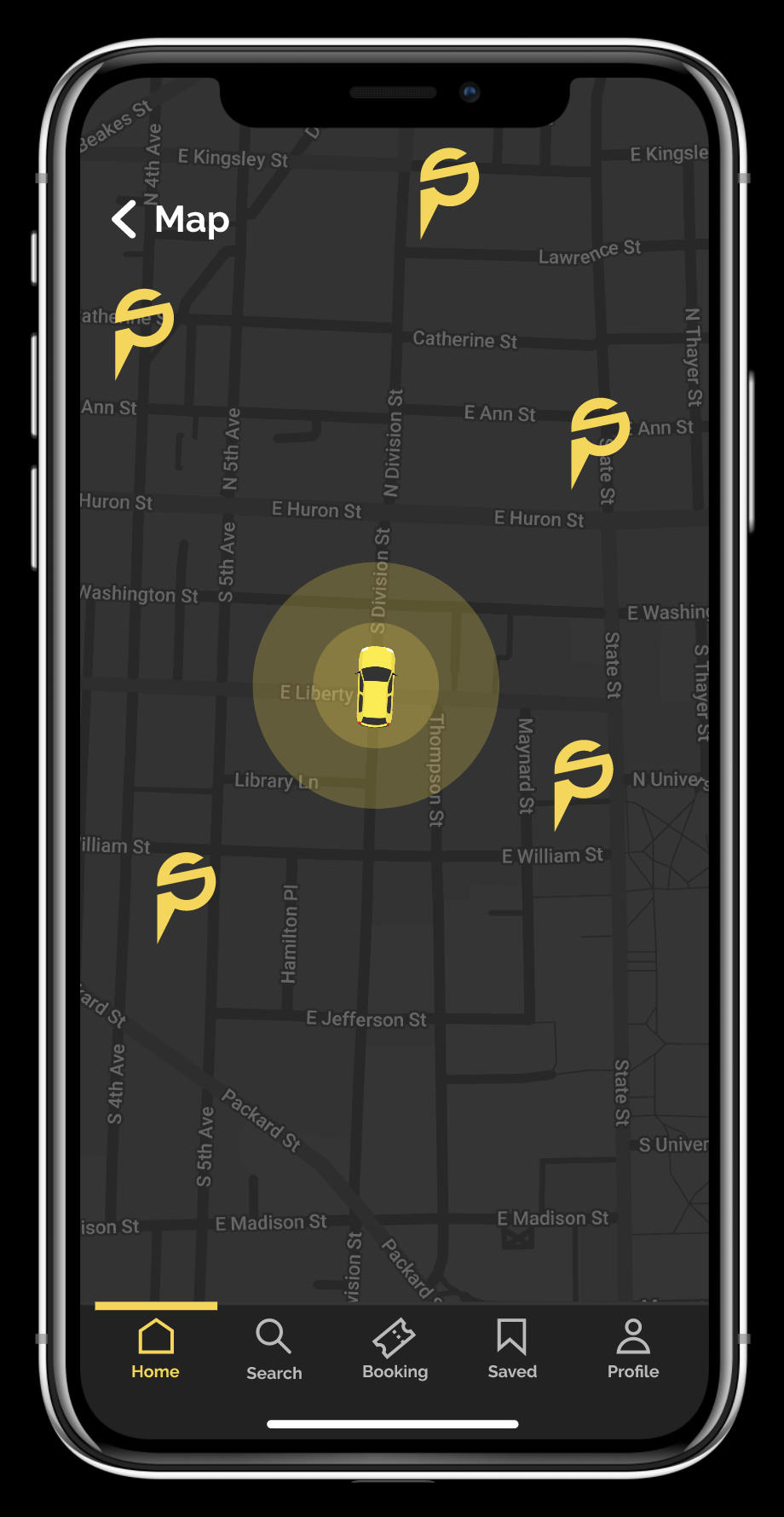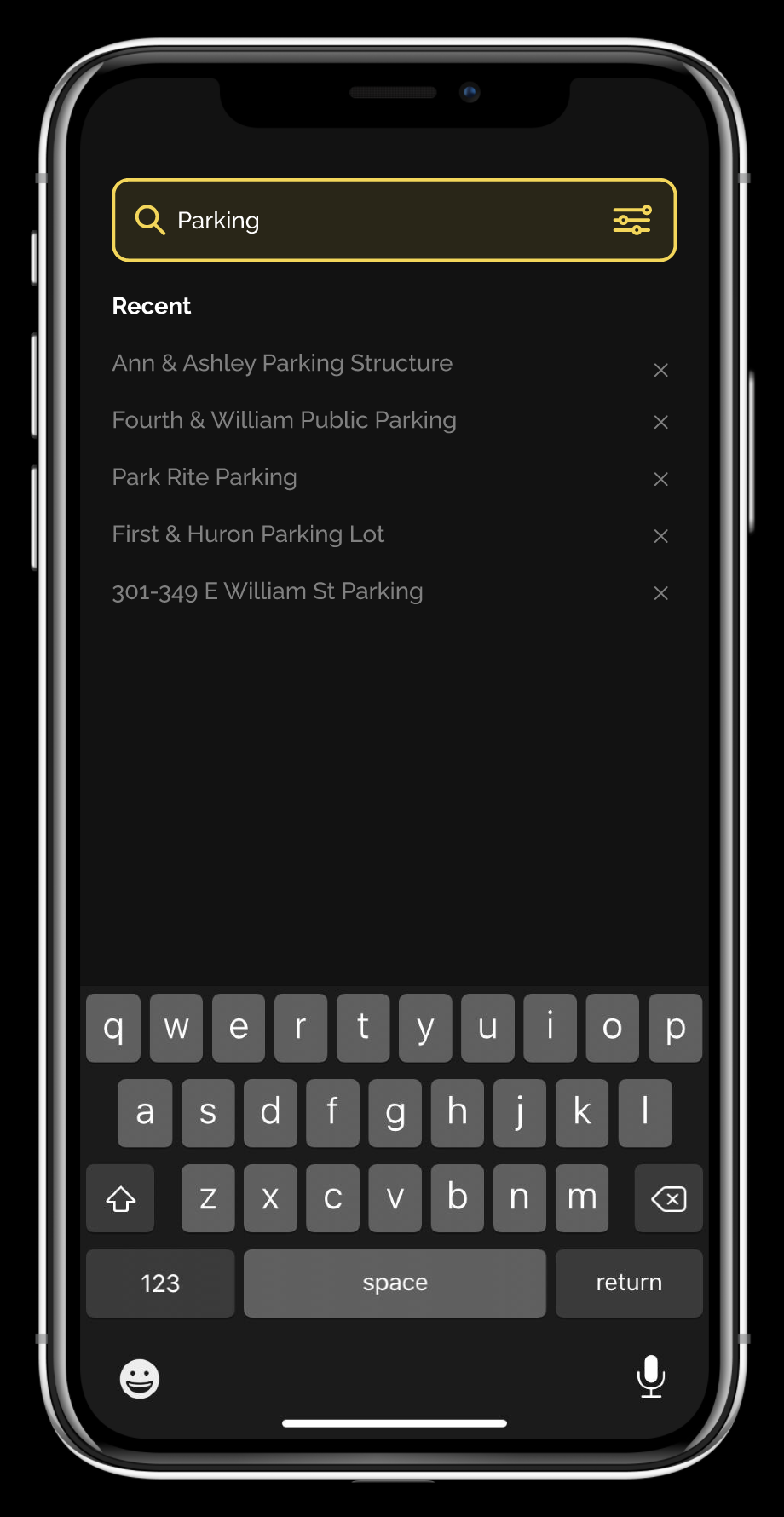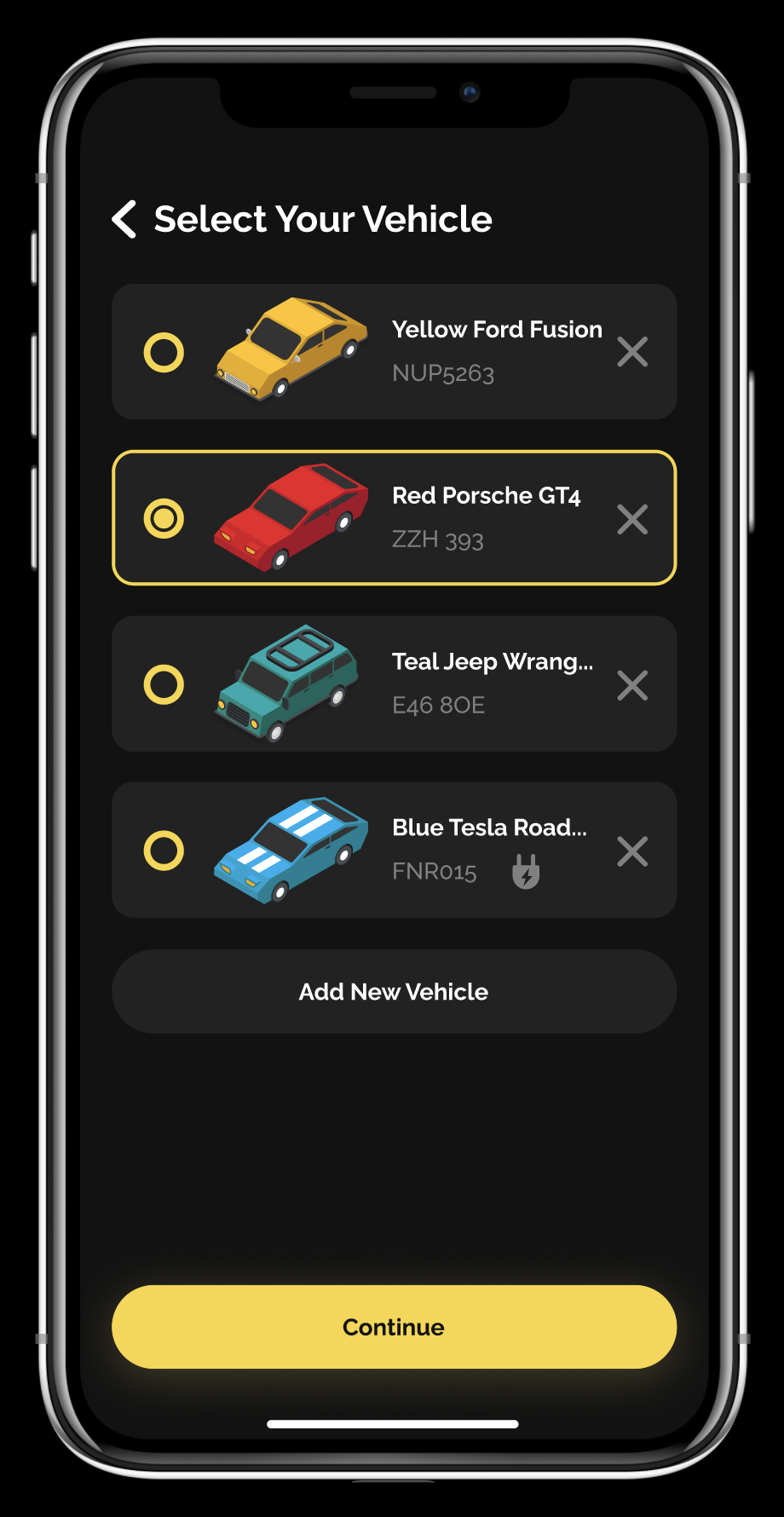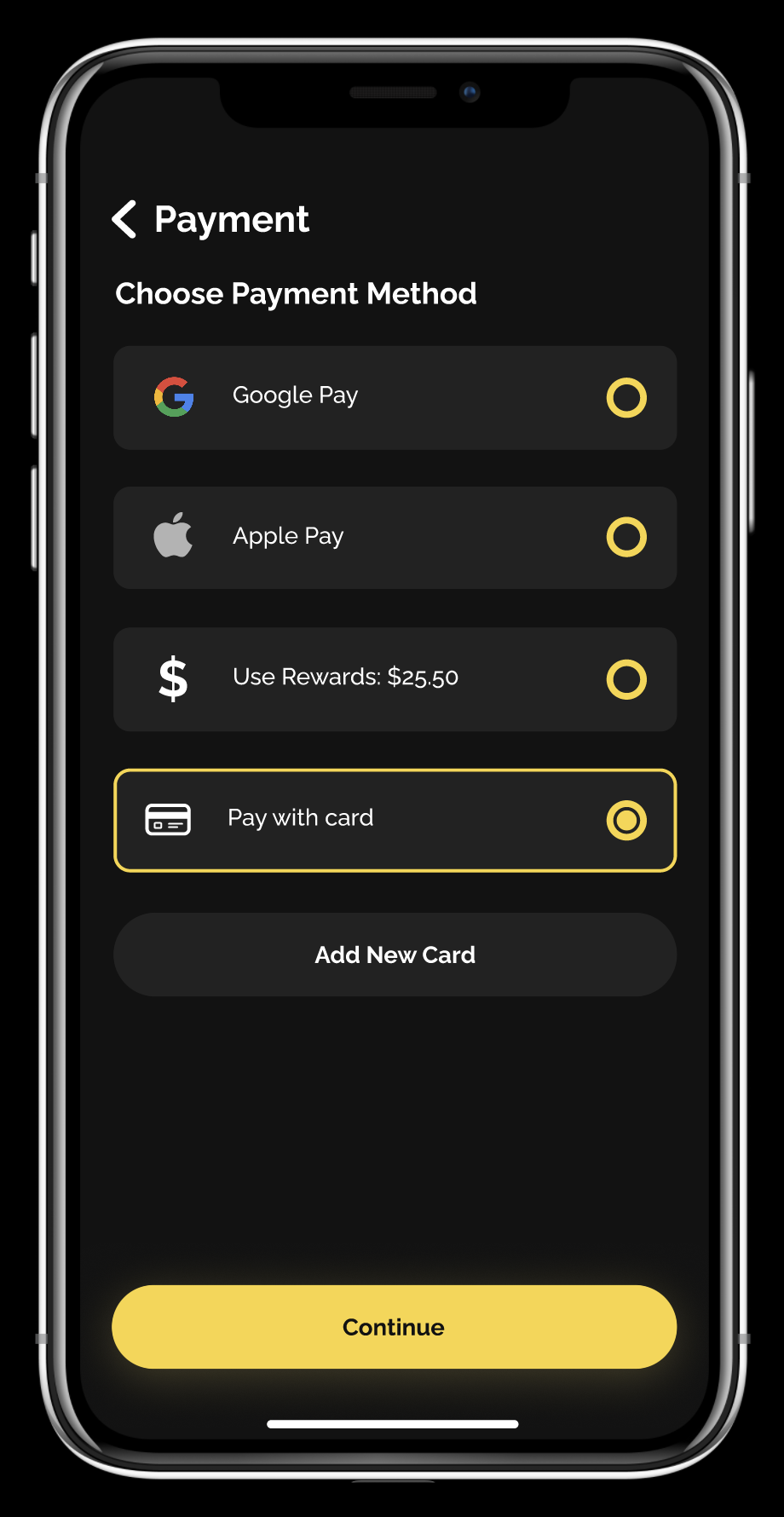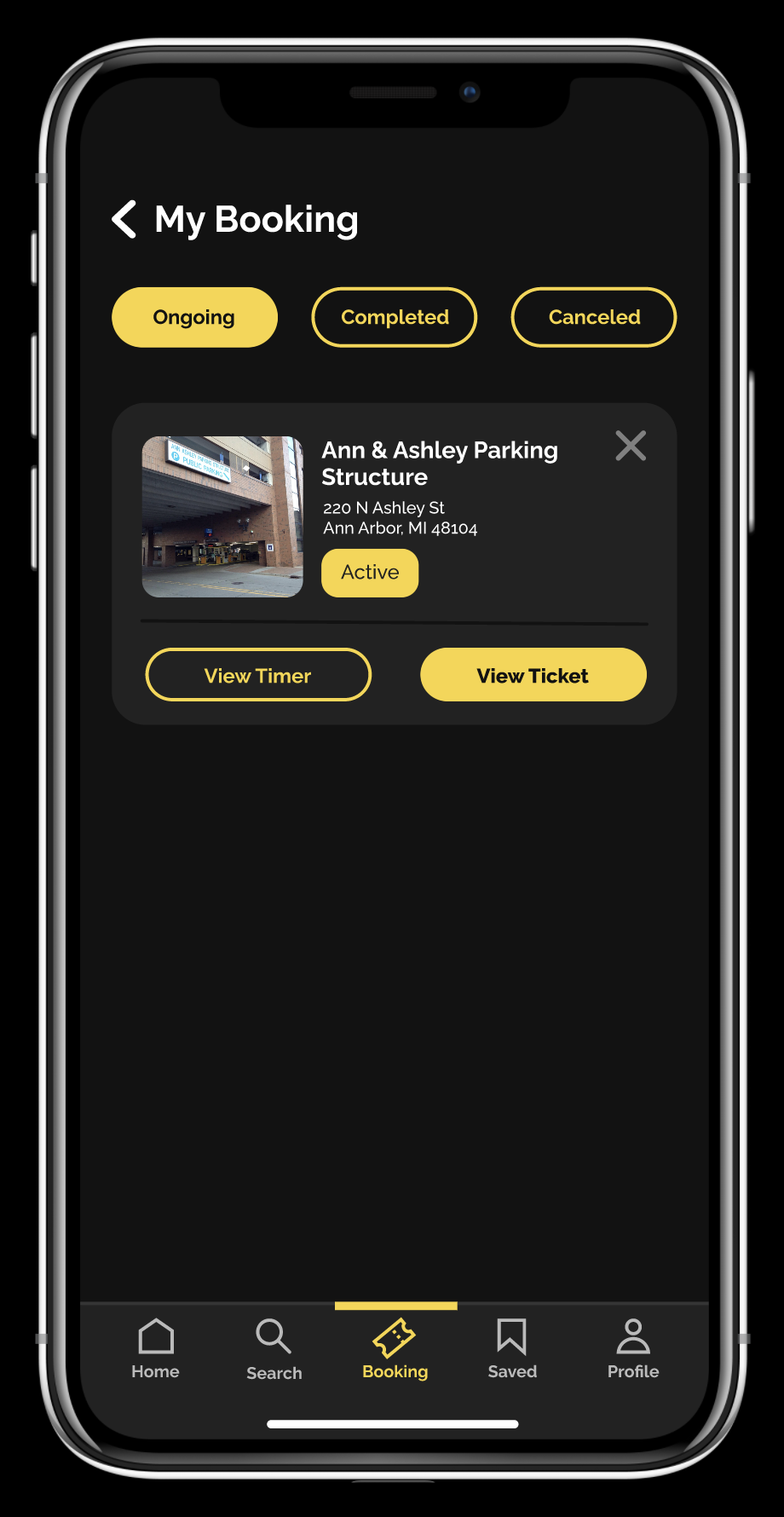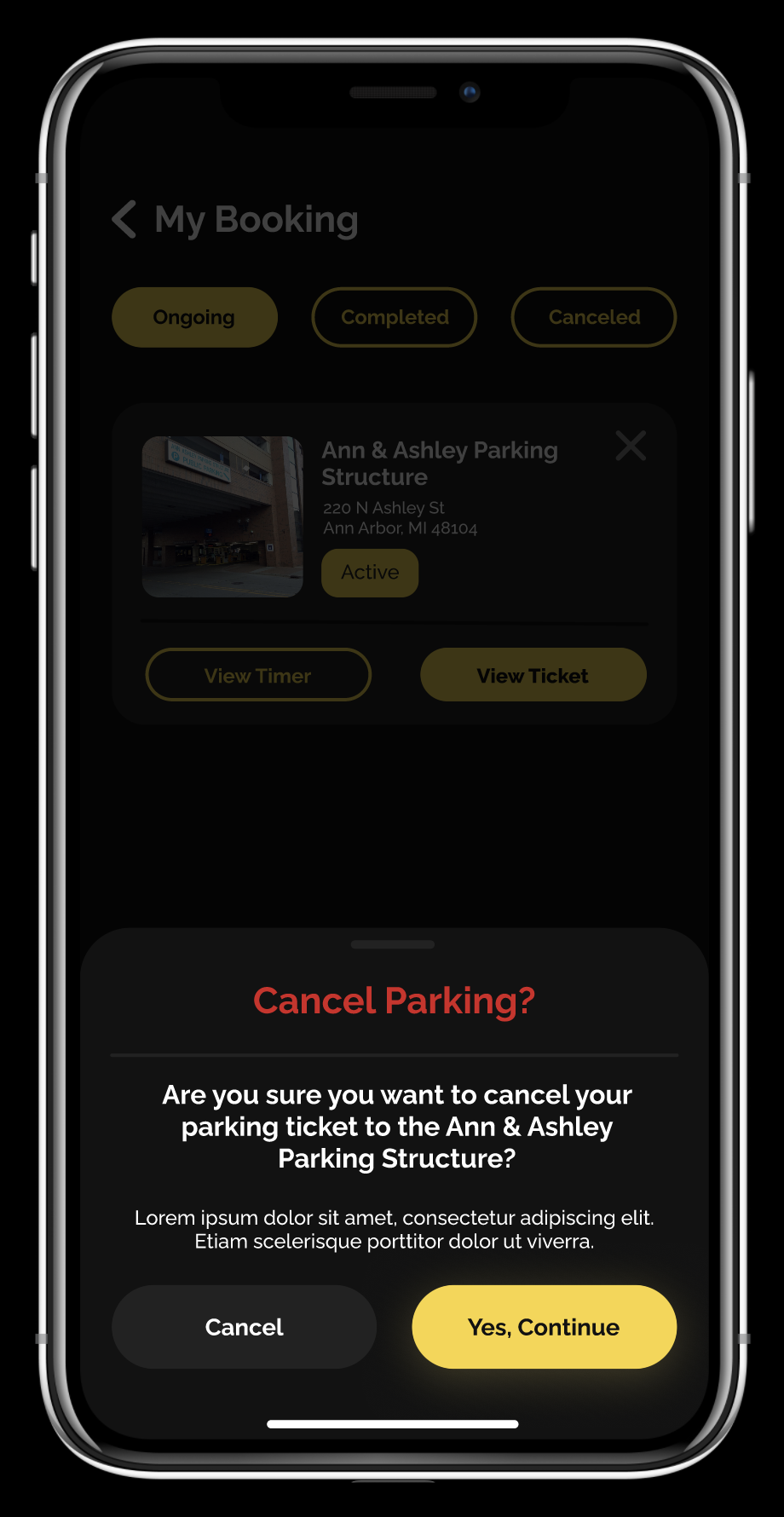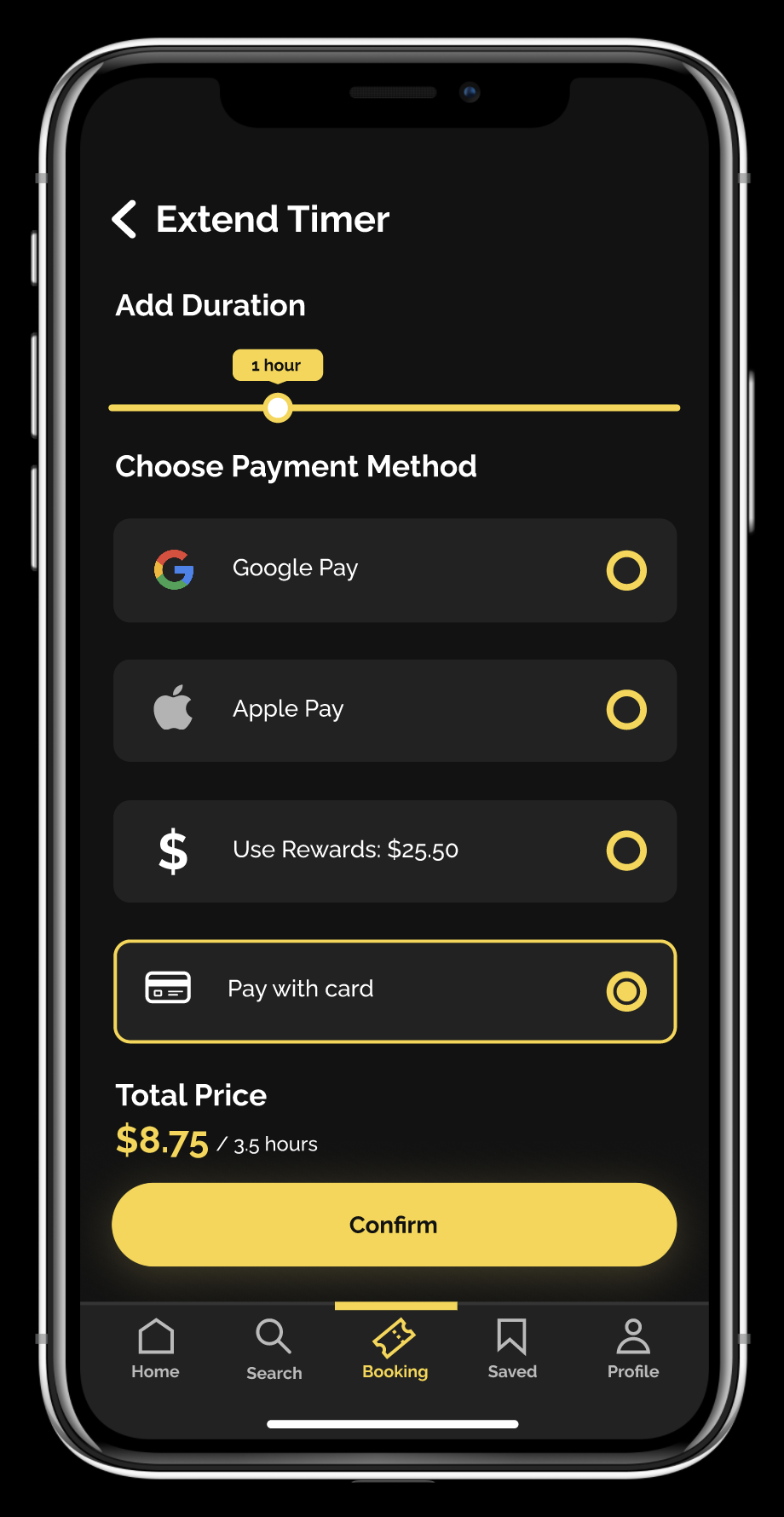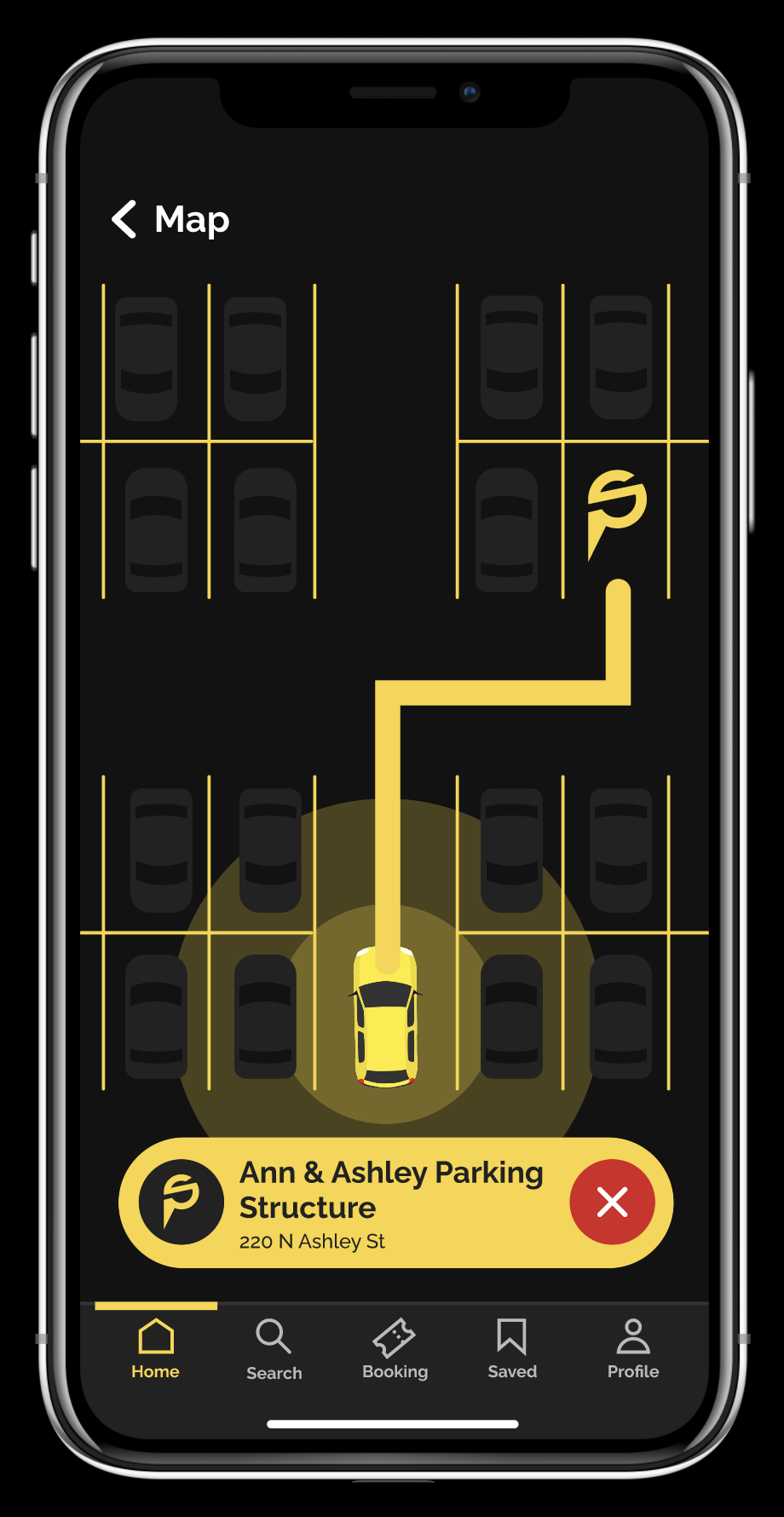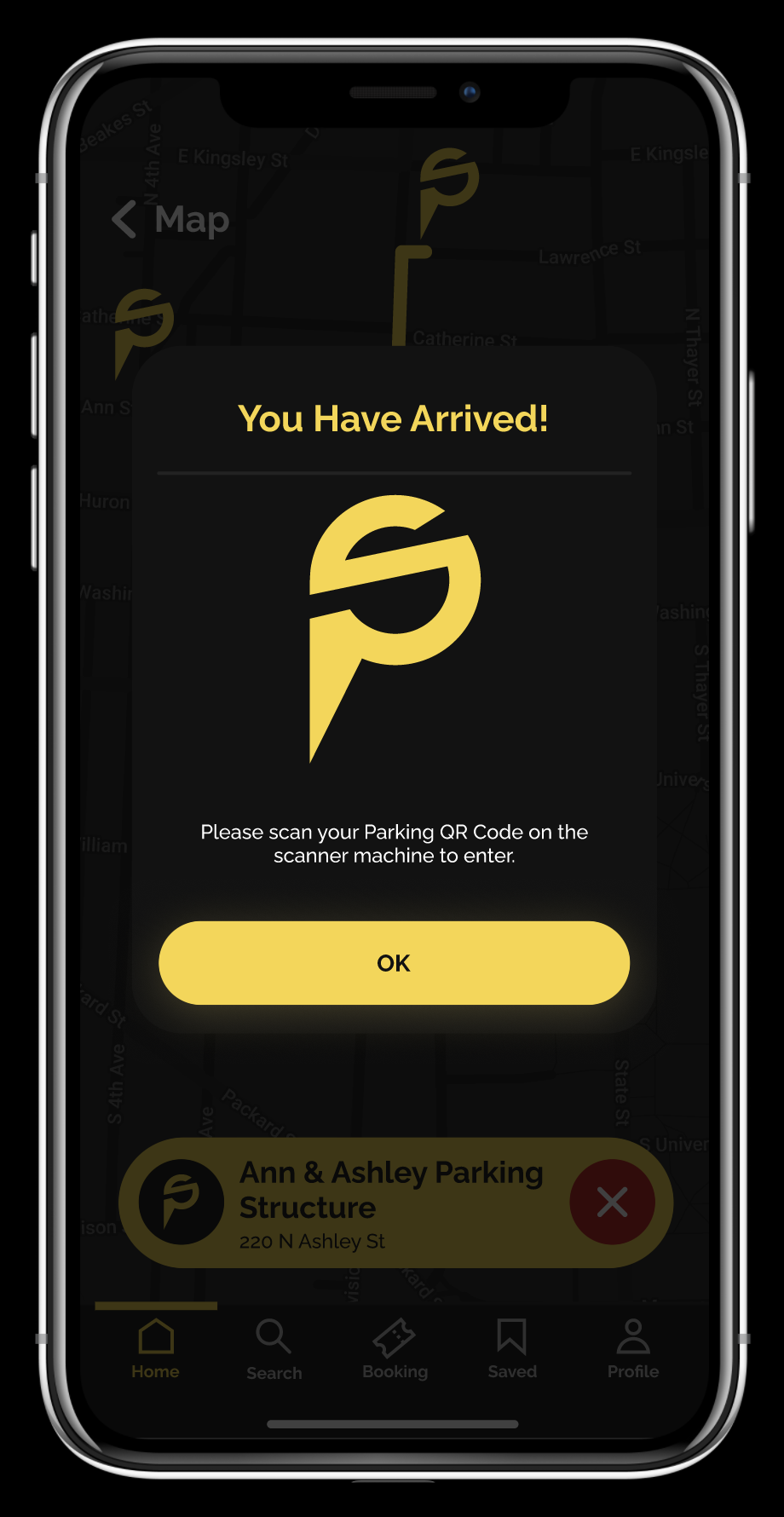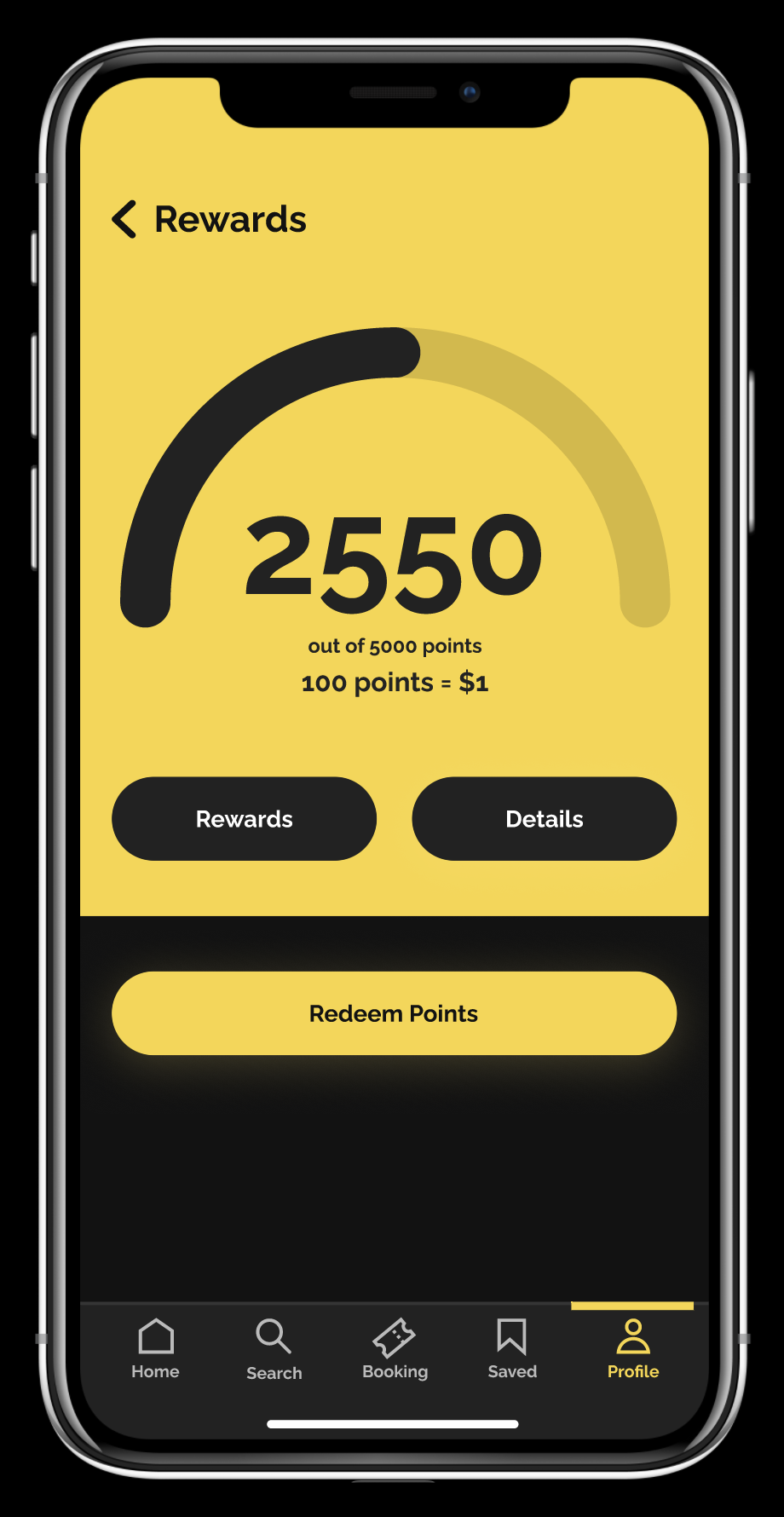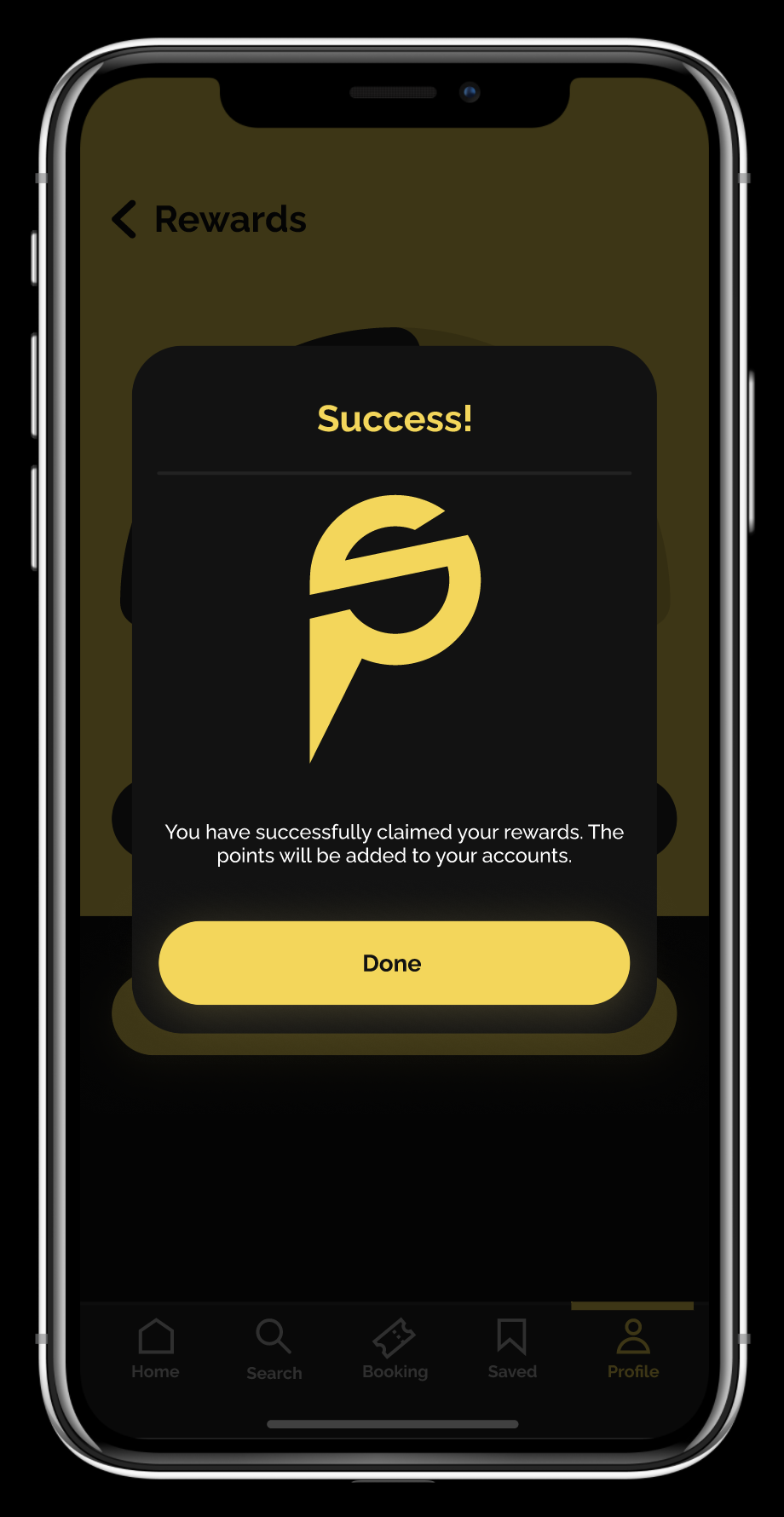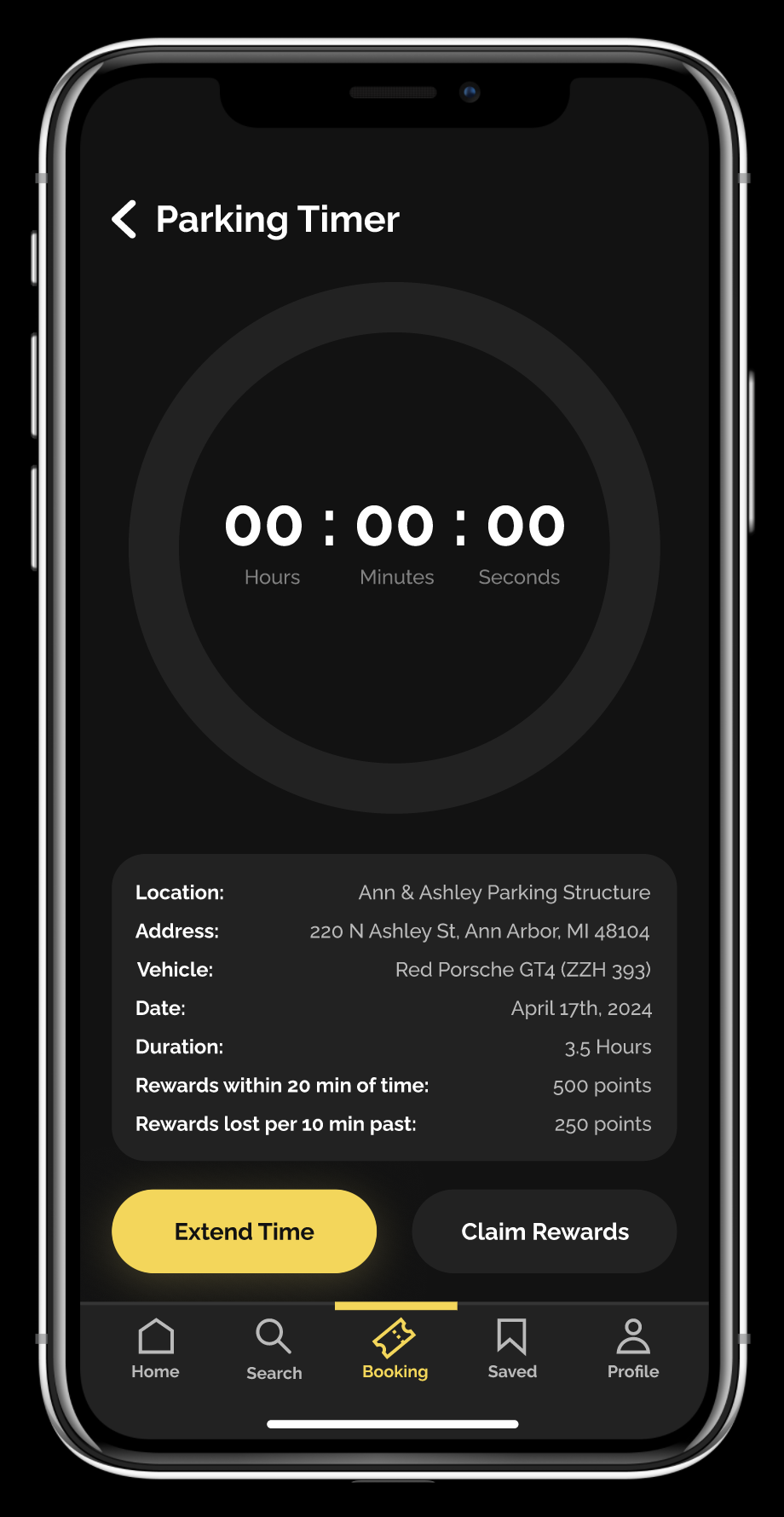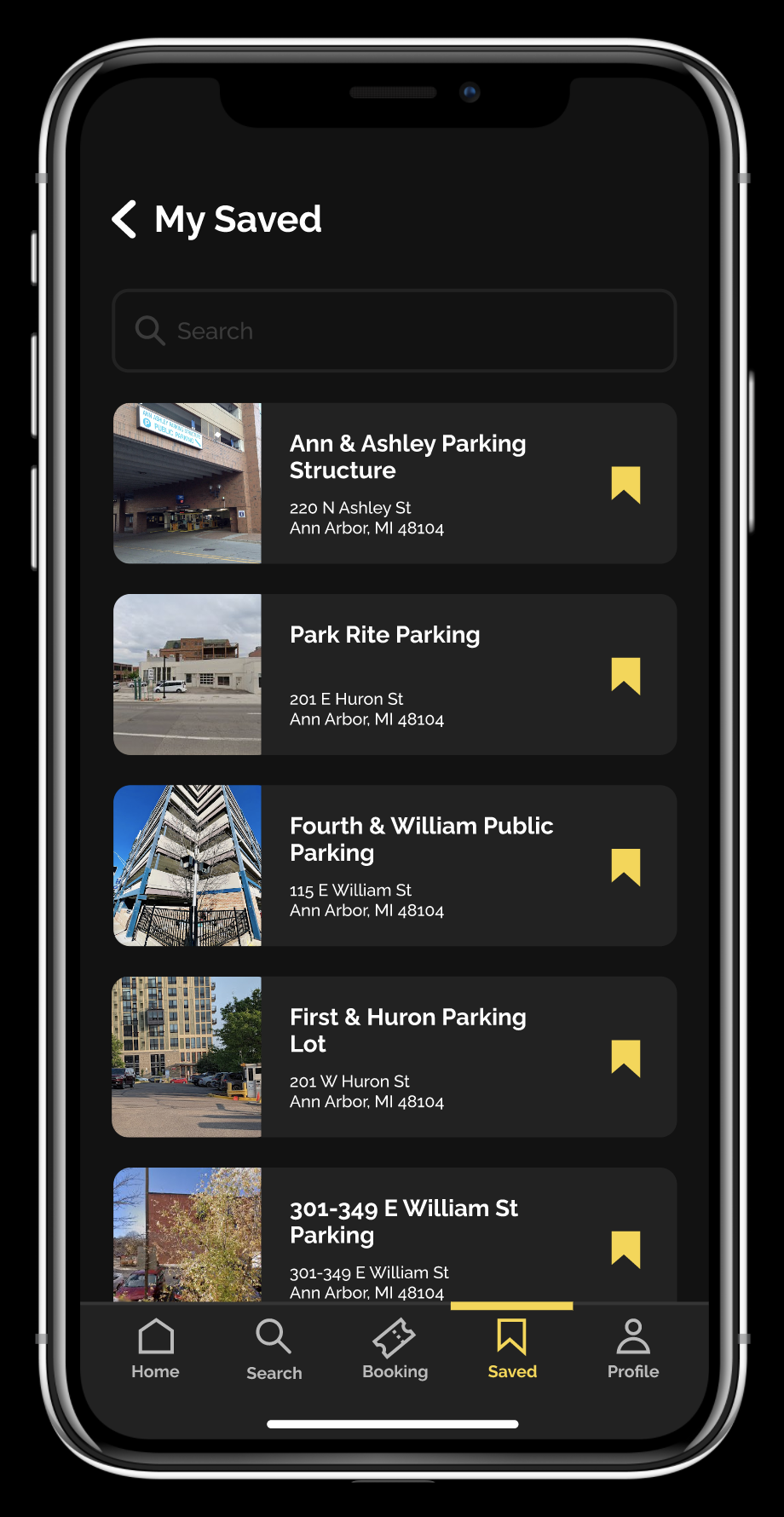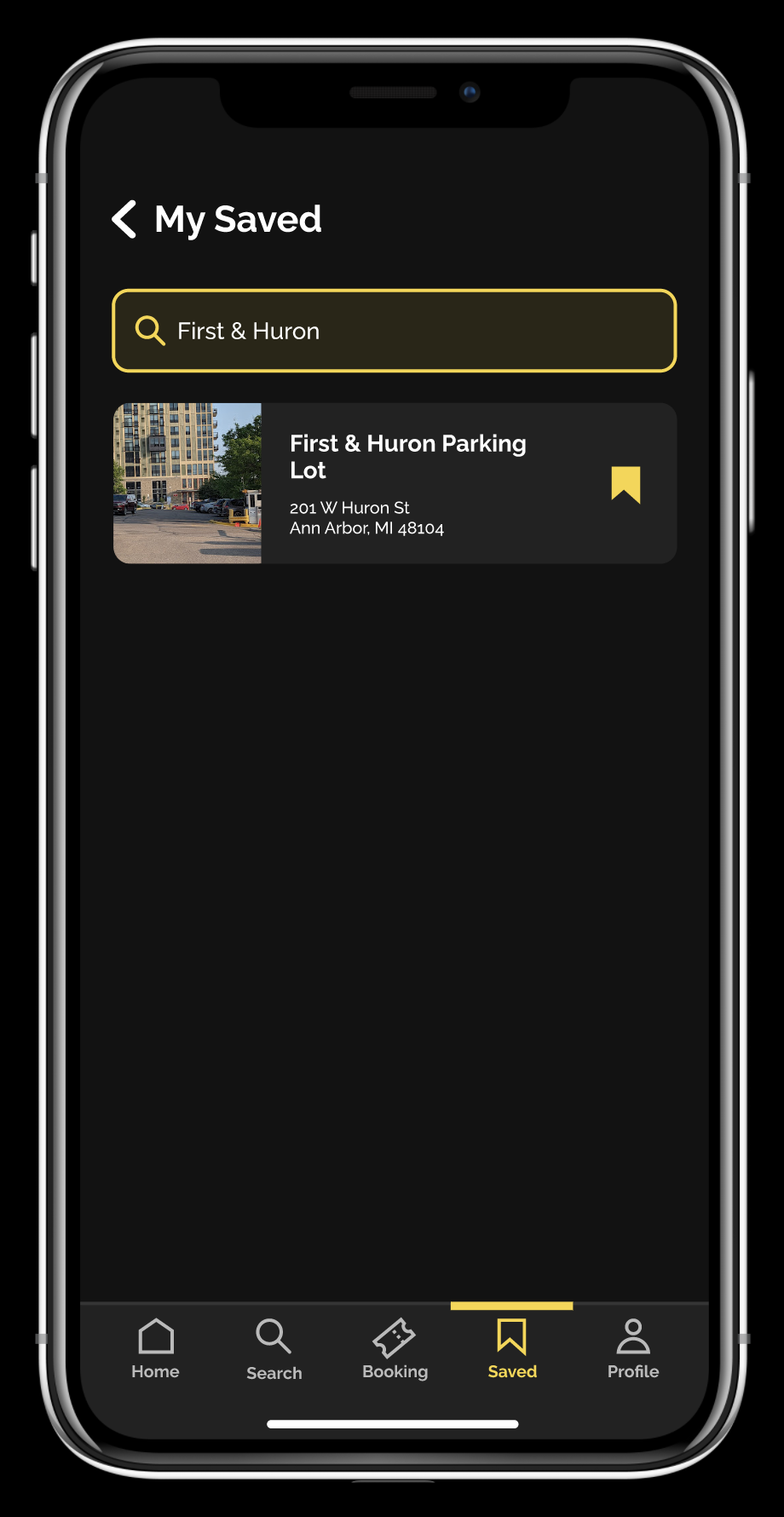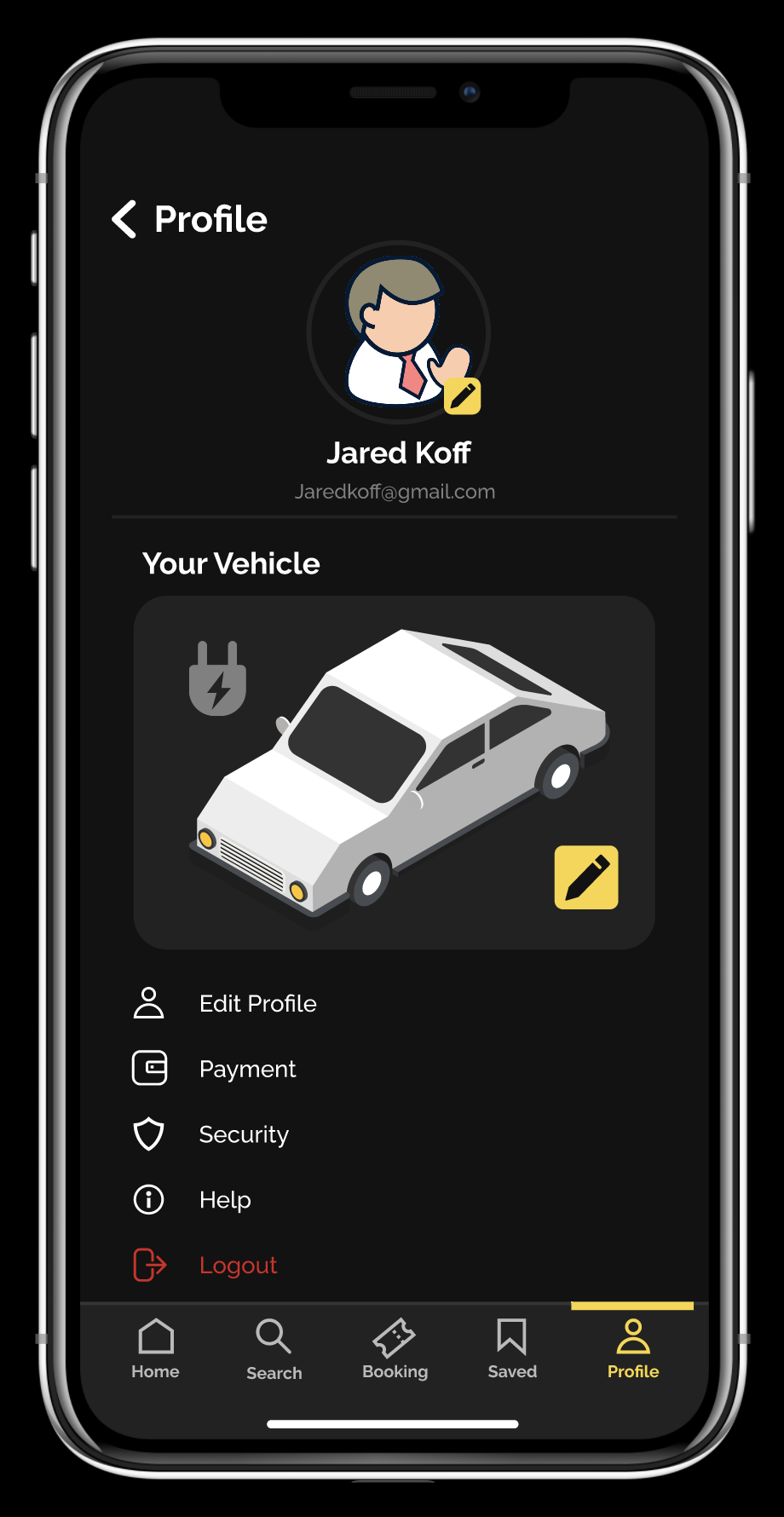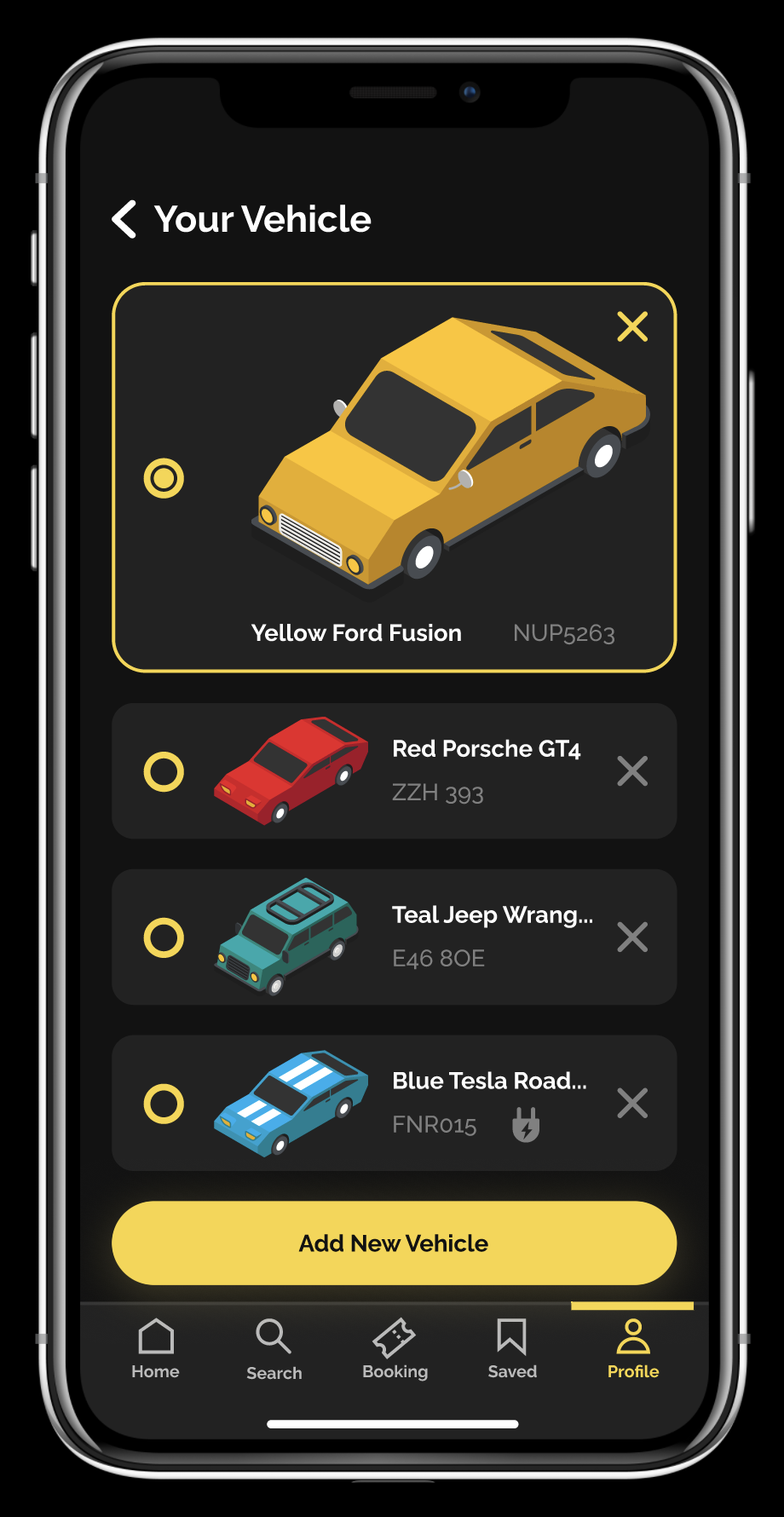Next Steps
Looking ahead, there are several opportunities to expand SmartPark’s impact and usability. First, would be to conduct real-world user testing in actual parking garages to validate the effectiveness of both the app and physical sensors. These tests would help identify usability issues in unpredictable real-world environments. Additionally, a desktop version of SmartPark could support users who plan parking in advance such as office workers reserving a space before leaving home. Finally, integrating SmartPark with Apple CarPlay, Android Auto, or other navigation apps is another exciting step, creating a hands-free experience that guides drivers from door to door.
Takeaways
This project taught me the importance of designing for real-world complexity. Parking may seem like a simple problem, but solving it required balancing physical systems, predictive logic, and user expectations all while maintaining delightful design. I learned to check my own assumptions through user research and realized how valuable early feedback is to shaping intuitive experiences. Iterating often and embracing ambiguity helped me arrive at a more polished and innovative solution. Most importantly, I gained a deeper appreciation for how physical and digital products can come together to solve meaningful everyday problems.





